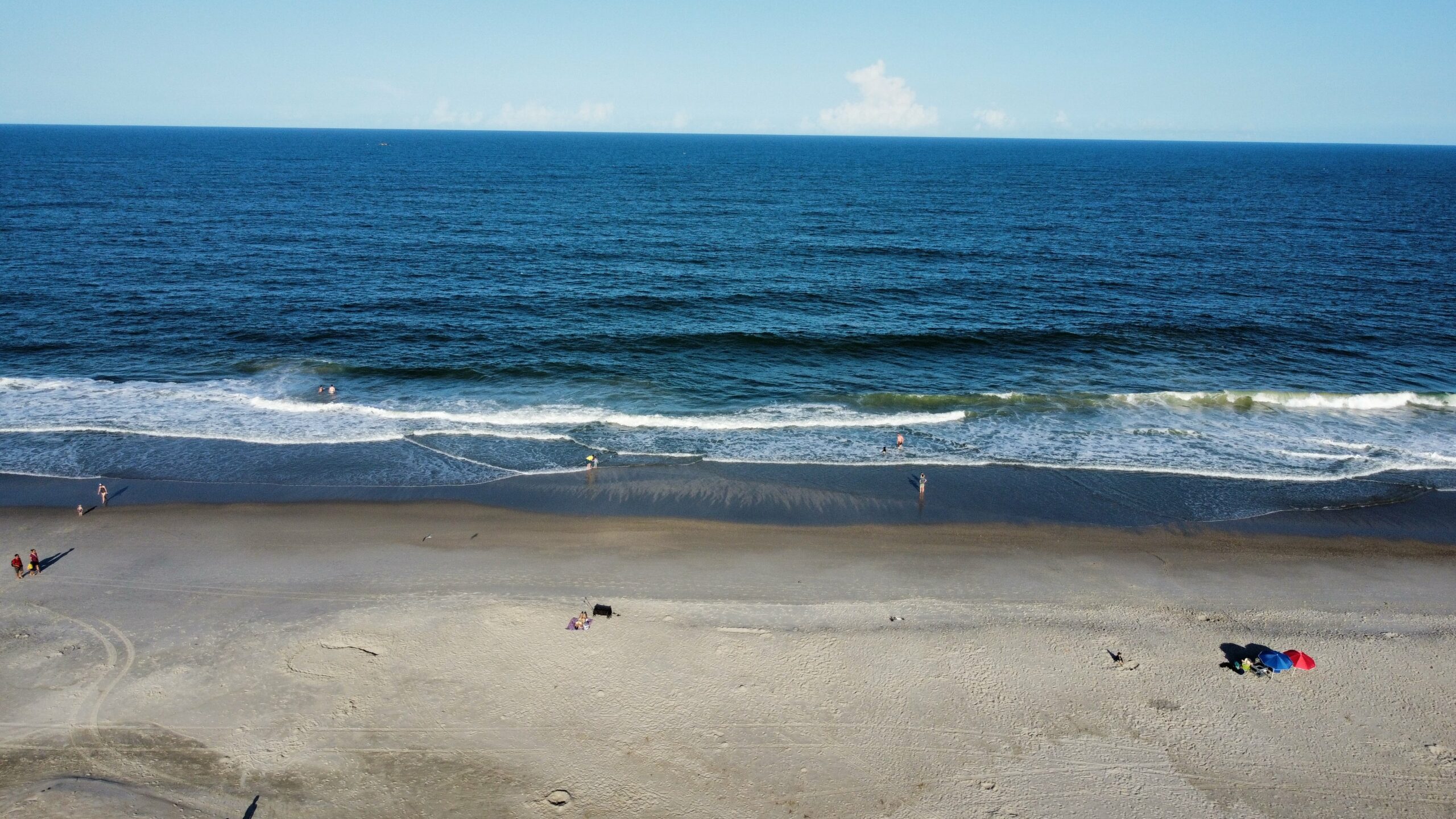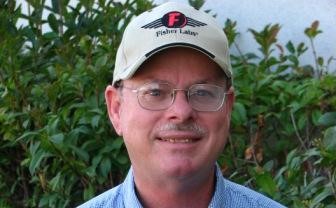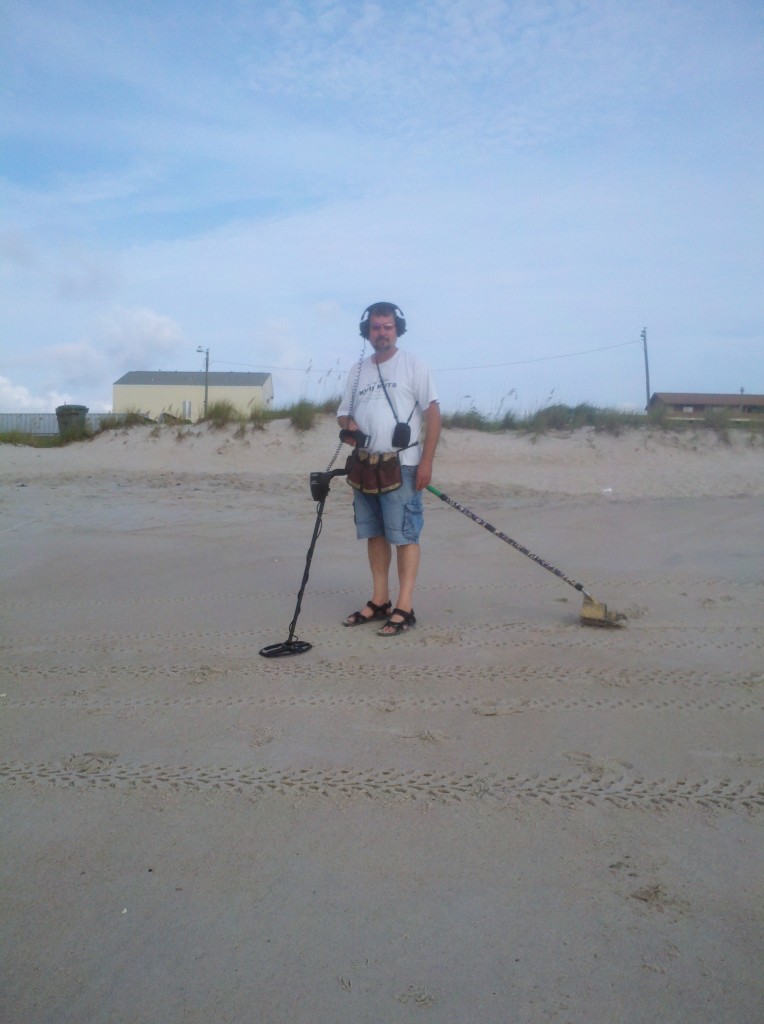To find treasure you must begin by being at the right place at the right time with the right equipment. Research sources will indicate the right place. Discussions of weather, tides and beach selection elsewhere in the Guide should put you there at the right time. Now, you must develop the skill needed to “read” a site. If you learn which features are important and which are not, much of your battle is already won. As you research records, histories and old maps be on the alert for clues to landmarks and locations. For instance, the name of a beach led me to a valuable Spanish icon that is very precious to me. Wouldn’t a name like “Massacre Beach” cause your ears to perk up? Let me tell you of this experience where visual and mental study led me almost directly to one of those “X-marks-the spot” locations.
I was with a group of treasure hunters on the beautiful Caribbean Island of Guadeloupe. Submerged at the entrance to a cove were numerous old and very large anchors protruding a few feet out of the water. Quite an unusual sight! We learned that the anchors had been placed there centuries ago to prevent enemy ships from entering the cove which then served as a harbor. This location had obviously experienced some interesting history. I was intrigued, of course, but primarily by treasures that might have been lost during this history. It took little imagination to visualize enemy ships sailing in with cannons blasting and shore batteries returning the fire. Vessels must have been sunk in that harbor.
Only a short distance away was the area known as Massacre Beach. Such a name stirs the imagination. What scenes of brutality had occurred here? How violent must they have been to mark this pretty place forever as a site of ruthless killing? Could any treasure hunter standing on such a beach resist searching beneath it for artifacts and relics that must surely have been lost in the slaughter? Do any of them still lies somewhere beneath its sands? Where?
As I studied the area, my eye was caught by an outcropping of coral protruding a few inches out of the water and ending abruptly where the sea washed upon dry land. It seemed logical to me that anything ever lost here in the sand could still be trapped by that coral that prevented high water from washing it back into the blue waters of the Caribbean.
Also, I thought of that barrier of anchors and the ships it had been designed to deter. If any of them had ever been sunk in the cove, storms could have hurled treasure from their wreckage onto this beach where objects might still lie captured by the coral. I walked to the edge of the water next to the coral outcropping and turned on my Master Hunter detector. After only a few scans, it sang out with that glorious “sound of money.”
At a depth of about one-foot, I dug into a shelf of solid coral that had become smooth from centuries of water and sand abrasion. When I moved my hand over the coral and failed to locate a target, I reasoned that it must be below the coral ledge. I scanned again and heard the detector frantically signally the presence of something large and “valuable.” Again, I dug my finger around in the hole, and sought to probe under the coral. My fingernails caught on something that moved. I grasped the object and lifted it out of the water where I first judged it to be just a piece of coral. Looking more carefully as I wiped away the sand, I saw that it was some sort of man-made object either carved or cast out of metal.
This breathtaking discovery proved to be a Spanish icon made of pewter. The Virgin Mary was holding the Christ Child in her arms; halo rays adorned both heads. As companions surrounded me, another member of the group continued scanning and quickly discovered a Spanish cob date 1692. This date, plus features of the icon, date the religious relic to the years just prior to 1700.
Careful study of the are worked in my favor. The name Massacre Beach stirred up my interest. Knowledge of wind and wave action led me almost to the precise location where my metal detector and digging tool completed the search.



